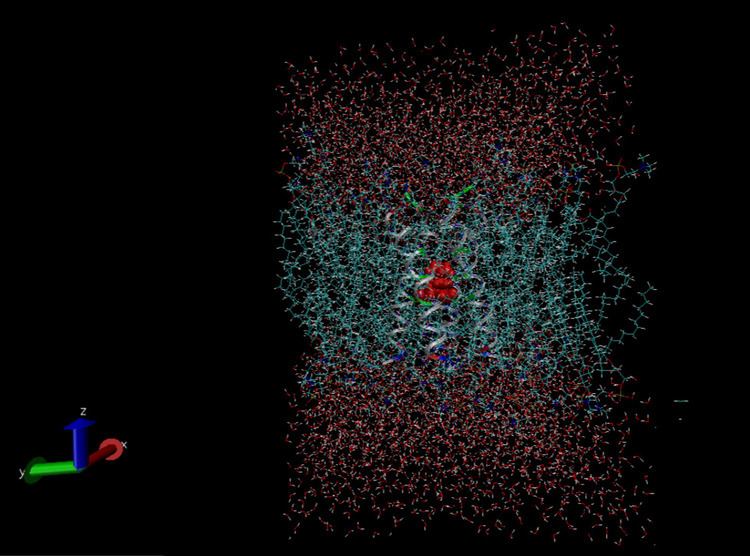 | ||
Why to major in molecular biophysics and biochemistry clara soh
Molecular biophysics is a rapidly evolving interdisciplinary area of research that combines concepts in physics, chemistry, engineering, mathematics and biology. It seeks to understand biomolecular systems and explain biological function in terms of molecular structure, structural organization, and dynamic behaviour at various levels of complexity (from single molecules to supramolecular structures, viruses and small living systems). This discipline covers topics such as the measurement of molecular forces, molecular associations, allosteric interactions, Brownian motion, and cable theory. Additional areas of study can be found on Outline of Biophysics. The technical challenges of molecular biophysics are formidable, and the discipline has required development of specialized equipment and procedures capable of imaging and manipulating minute living structures, as well as novel experimental approaches.
Contents
- Why to major in molecular biophysics and biochemistry clara soh
- Spectroscopy in Molecular Biophysics
- Molecular Simulations in Molecular Biophysics
- Training
- References
In order to be classified as molecular biophysics, the subject studied needs to relate to biophysics and use mathematics at an engineering level, not only to explain the phenomenon, but also to predict future outcomes.
Spectroscopy in Molecular Biophysics
Spectroscopic techniques like FT-NMR, spin label electron spin resonance, laser Raman, FT-infrared, circular dichroism, etc. have been widely used to understand structural dynamics of important bio-molecules and inter-molecular interactions.
Molecular Simulations in Molecular Biophysics
Molecular simulations give insight to microscopic structures through various kinds of molecular dynamics software. McCammon and Harvey, authors of Dynamics of proteins and nucleic acids explain the importance of molecular dynamics: “An appreciation of molecular flexibility and dynamics is essential to the design of new molecules with specified activities”.
Whether it be in creating new drugs for treatment or therapy, or looking at the interactions between atoms, simulations are helpful because we can get a visualization of what is going on at an atomic level. Some of these are CHARMM, NAMD. Simulations typically go through 4 different stages. 1) A creation stage, which calls information from some library. 2) A minimization stage, which allows the system to relax and settle into a local energy minimum. 3) A heating stage, which gives kinetic energy to the system. 4) An equilibration stage, which allows the computer to store values about the dynamics of the system. These values can then be analyzed according to the type of simulation performed.
Additional terms are being added to computer simulation equations to improve accuracy and biological relevance.
Training
The field overlaps with both research into other areas of biophysics and biochemistry, teaching at the undergraduate, graduate, and professional level, and the use of the field and its related fields to develop, test, and use improved clinical therapies. Therefore, training will usually involve a graduate (usually, for teaching, clinical testing and care, and other research, a doctoral) degree and/or a degree in the health sciences, such as a medical degree. A postdoctoral training period or fellowship can also be pursued.
